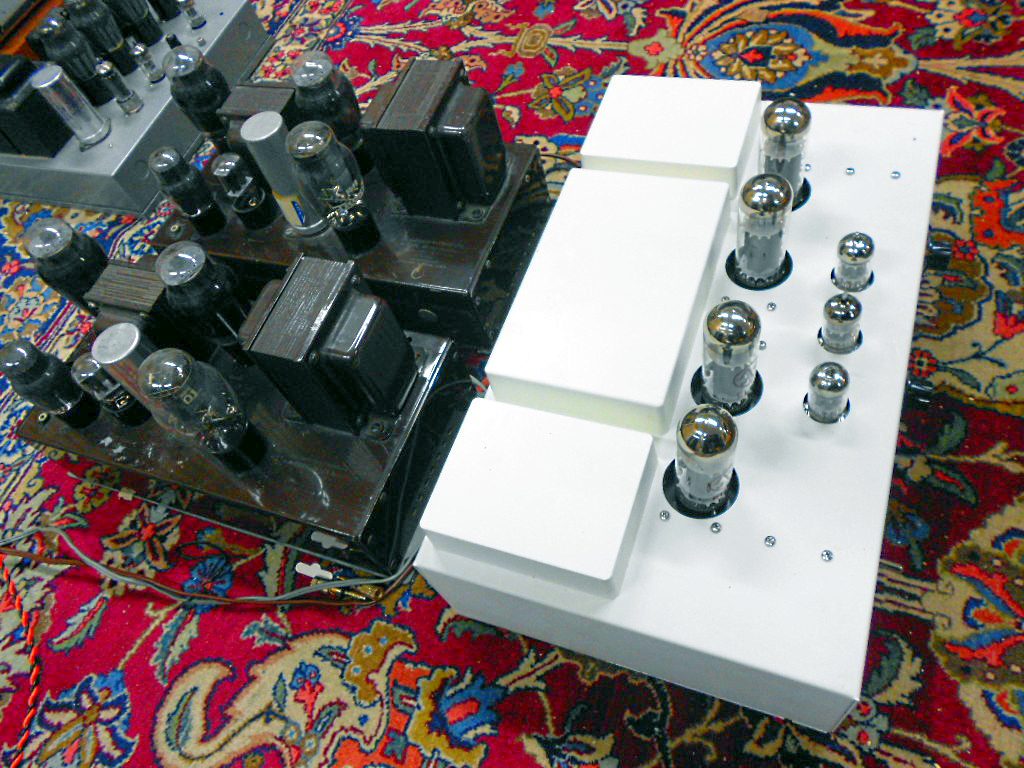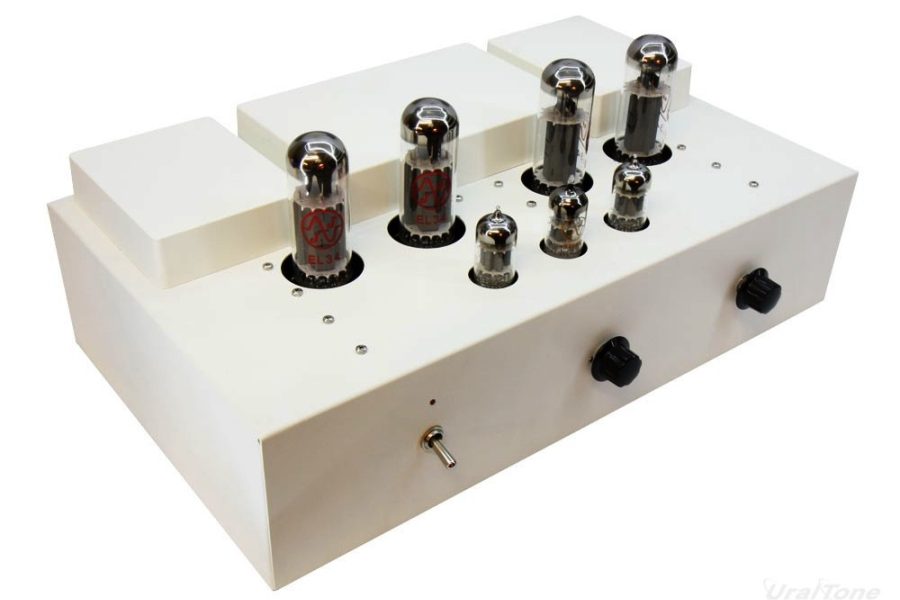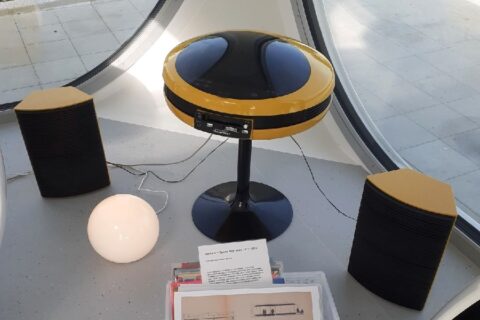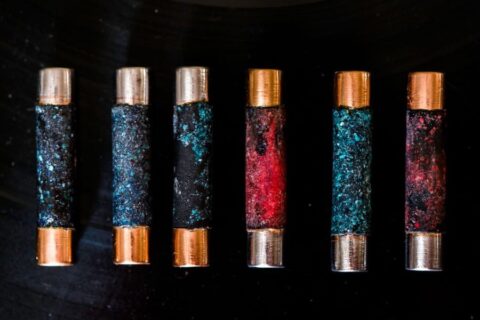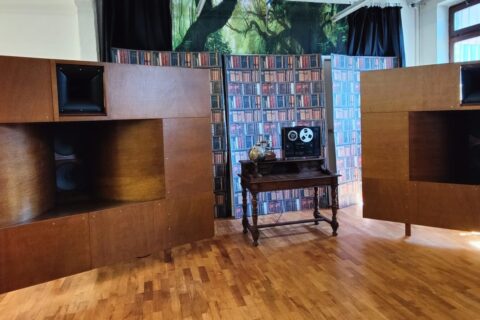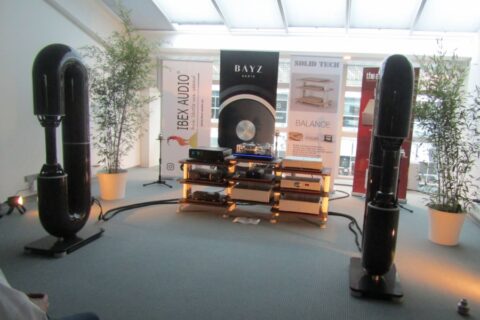Very rarely is an interested customer or a hobbyist pampered with such a comprehensive and detailed description of a product as what the Finnish Uraltone provides on its EL34 amp on its webpages.
There’s a natural explanation for such an excellent service: Uraltone is a specialty shop for audio components, and the EL34 amp is primarily sold as a DIY kit for those who can. For those who cannot, I’ve understood that it is possible to purchase the amp also as ready assembled.
The background for the EL34 project is Uraltone’s PP EL84, an amplifier kit with which the company has reportedly been quite happy about. However, there have been queries about a more powerful amplifier, to which Uraltone has reacted by designing “a new kit for rooms, speakers and other purposes for which more power would be needed”.
As with the EL84 amp, the new design follows certain well-proven principles; first off, it would have to be such that availability of parts should never become a problem even in the long run; second, the consumer price should stay on a reasonable level; and finally, of course, that the sound would be of top quality.
As for the power tube Uraltone chose the good old EL34 “for its good availability now and in the future”. Unlike the EL84 amp that utilized special-made output transformers, for the new amp Uraltone chose Hammond transformers “after all good experiences we had have of those”. Uraltone believes that sound-wise the OPT is in a crucial position.
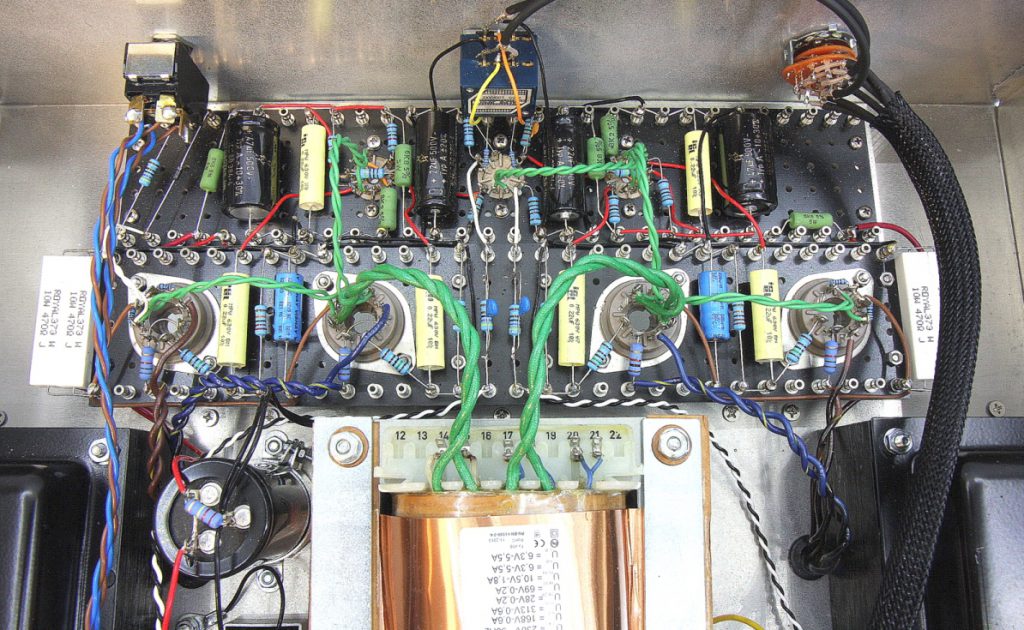
Features
As to the circuit itself, Uraltone doesn’t believe in complex new designs; for them the good old PP designs from the 50s are still more than valid, also sonically. Thus, their PP EL34 circuit is more or less what Mullard suggested 50 years ago with certain modifications.
The amp outputs 2x28W. The amp is designed for either 4 or 8 or 16 ohm speaker load. Distortion values and frequency response are said to be excellent. THD is below 1W 0.01% (12W 0.03%, 25W 0.08%) with only 11dB negative feedback.
The 4-input preamp is fitted with marvellous (ecellent technical performance) ECC88. The phase splitter is ECC82.
All components are soldered directly onto a turret-board fitted with tube bases. The power supply is realized on point-to-point basis. Easy to build and service. If correctly soldered the design should last decades.
The components are “best possible” in that if more expensive ones had been selected, the improvement in the sound quality would hardly have been more than marginal. The chassis is CNC aluminium, and not painted. Wooden side panels are possible.
Instructions – figures, text, photos – are clear and easily understandable. In addition, Uraltone provided support through email and website’s discussion forum.
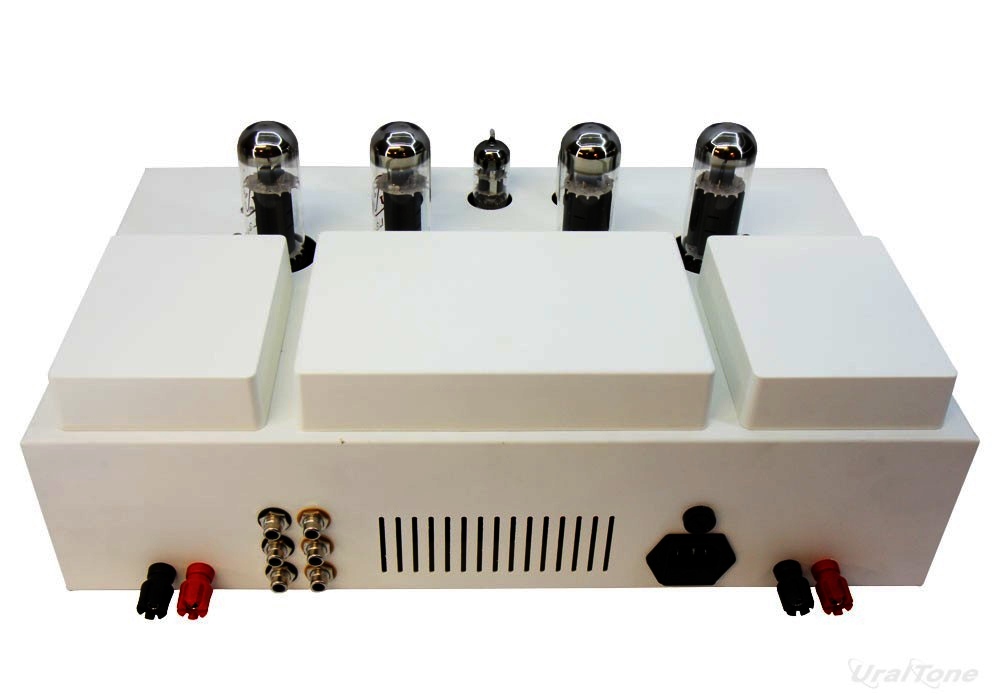
The sound result
My main point of reference this time, along with my 12W DIY 6V6, was California-made Sargent Rayment Co Model SR 14, PP 6L6 mono blocks from the 1950/60s, with 2x6L6-G, 1x6J5, 1x6SN7-G, and 1xSU4-G, and providing approx. 22 watts per channel from its 4, 8, and 16 taps (500 ohm tap is also included). The loudspeaker was A+Audio’s Voxativ-based Floorhorn, a brilliant loudspeaker for testing the potential of tube amps.
As I was pleased with the sonic performance of the Uraltone EL84 design, I was that with their EL34 amp too. It’s a honest sounding amp, as one would expect, with systematic highs, open and easily approachable midrange and well controlled bass.
The sound of the 6L6 mono blocks was more fine-grained over the highest octaves but weaker in the bass. Of the two, the 6L6 came closer to a 300B type of sound.
Rhythmically the sound of the Uraltone PP EL34 was better, punchier and more punctual, and came closer to my PP 6V6 amp. All in all, not a major difference though between the two, and both amps did wonderful job in producing glorious sound with various music samples.
For those with able hands, the Uraltone PP EL34 will provide an easy and not too expensive (650 euro) way to acquire a tube amp with a solid design idea, quality parts and sonic performance that in a broad perspective leaves only a little to long for.
